On his first day in office, United States President Joe Biden signed an Executive Order committing the Government to policies advancing equity, civil rights, racial justice and equal opportunity.
Even before being sworn in as President, he reportedly asked Democrat senators and staffers to nominate culturally diverse lawyers from all walks of professional life to fill the dozens of vacancies on the appellate Federal Circuit Courts and the trial District Courts.
Recently he successfully secured the confirmation of Candice Jackson-Akiwumi to the Court of Appeals for the seventh circuit which serves the districts of Illinois, Indiana and Wisconsin. The same month he secured the confirmation of Ketanji Brown Jackson to the highly influential Court of Appeals for the District of Columbia, which presides over Washington DC from which several justices of the United States’ highest court, the Supreme Court, have been drawn.
Ketanji Brown Jackson
Recently Biden confirmed a third appointment, Tiffany Cunningham, to the Court of Appeals for the Federal circuit which has national jurisdiction over a range of areas including intellectual property.
Unlike Australia, the appointment process of federal court judges in the United States is typically very public and political. Nevertheless, the appointment of these three judges has attracted more attention than usual for one simple reason – they are all African-American women. With the appointment of Cunningham, Biden has secured more African Americans to the federal courts than all but one other President and done so at a pace that is unprecedented in United States history.
The significance of the appointments is apparent from the paucity of African Americans serving on federal courts. Only 11 African American women have been appointed to fill 838 vacancies on the federal courts since 1789. Cunningham is the first African American appointed to the Federal circuit since its creation in 1982.
What is even more remarkable and refreshing about these appointments is not just their colour – as novel as that is – but the diversity of their backgrounds.
Jackson-Akiwumi has spent a large part of her legal career as a public defender in Chicago, serving clients in poverty accused of federal crimes. She also has experience in a Chicago law firm, as an academic and as a former board member of the Black Women Lawyers’ Association of Chicago.
Brown Jackson, before her previous appointment to the District court, also worked as a public defender representing low-income criminal appellants. She also practised in civil and criminal law.
Cunningham has a background in chemical engineering and over 20 years’ experience in patent matters.
In June, Biden secured the confirmation to the District Court of Zahid Quraishi, a son of Pakistani immigrants as the first Muslim federal judge in United States history.
Recently, Biden announced a further round of eight new candidates for the federal bench. They include Jennifer Sung as appointee to the California-based Court of Appeals for the ninth circuit, who would become the first Asian-American Pacific Islander to serve on that court. She has been a member of the Oregon Employment Relations Board and in legal practice.
Biden has an equally ambitious cultural diversity program for appointees to the District Courts. Among them is Shalina Kumar, nominated to serve on the United States District Court for the District of Michigan. Kumar would be the first federal judge of South Asian descent to serve on that court.
Patricia Tolliver Giles has been nominated to the District Court for the District of Virginia. Giles would become only the second woman of color to serve on the Virginia federal bench. She has served in the US Attorney’s Office and in legal practice.
Armando Bonilla has been nominated to the Court of Federal Claims. He would become the first Hispanic judge to serve on that court. He has served in various Government roles.
Justice Sonia Sotomayor
Justice Sonia Sotomayor, appointed by former President Barack Obama, is the only Latinx and woman of color to serve on the Supreme Court in its over 200-year history. Biden has also indicated a desire to appoint an African-American woman to the Supreme Court when a vacancy emerges. There is speculation that Jackson may be in contention, hence the added significance of her appointment.
These choices were said to continue Biden’s promise to ensure that the nation’s courts reflected the country’s diversity in terms of personal and professional backgrounds.
The Australian situation
In comparison, Australia’s record of cultural diversity in the judiciary is a travesty. For a start, we do not even bother to collect meaningful statistics on the cultural composition of our judges, as in the United States and the United Kingdom.
We have no institutions like the United States Judicial Center, established by Congress in 1967 as the research and education agency of the judicial branch of the United States Government or the independent Judicial Appointments Commission, which selects diverse candidates for judicial office in England and Wales.
When the Biden administration went about its task of selecting suitable nominees it consulted with a broad range of organisations, including civil rights bodies and actively sought nominees from diverse cultures and backgrounds. Unlike the United States, consultation on judicial appointees in Australia is very limited, usually with the Bar councils from which almost all judges are drawn. That is why the courts comprise mostly white male judges who were previously advocates, not the diverse cultural and professional backgrounds which comprise the Biden nominees.
Unsurprisingly Australia has a dismal record of cultural diversity in the judiciary. It appears – because as some of the United States nominees reveal, it is dangerous and disparaging to presume ethnicity from one’s surname – no one of colour has ever been appointed to Australia’s highest court in its almost 120-year history, and only a handful to its federal and state superior courts.
Asian Australians comprise less than 1% of the judiciary, only 3.1% of partners in law firms and 1.6% of the national Bar. And don’t expect to find many, if any, civil rights or legal aid lawyers, academics or government lawyers among Australian judicial appointees, like the current crop of United States nominees.
The idea that judges should be drawn only from the ranks of advocates is an anachronism and reinforces homogenous appointees because of the privileged backgrounds of many which make for an easy passage through the nomination process, within the unfettered discretion of the Attorney General.
It’s demeaning to have to call out the cultural backgrounds of these United States judges, as though they were a curiosity, as if their race or colour is what defines them, not their expertise and talents. However that is exactly what they are – oddities, novelties, outliers. Their culture and background has attracted as much attention as their immense qualifications for the job.
We can only dream of a day when the diverse cultural background of judicial appointees barely rates a mention, except for the unique talents they bring to the bench.
In Australia’s case, that day keeps being pushed back so far in the distance that it is almost impossible to conceive. Is it any wonder that even mainstream members of the legal profession roll their eyes at the recent rounds of Australian judicial appointments – because we have seen it all before.
Ray Steinwall is an Adjunct Professor in the University of New South Wales Faculty of Law.


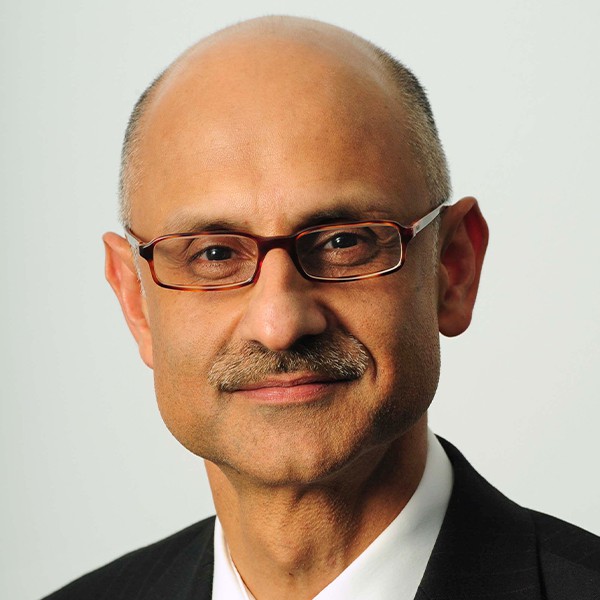
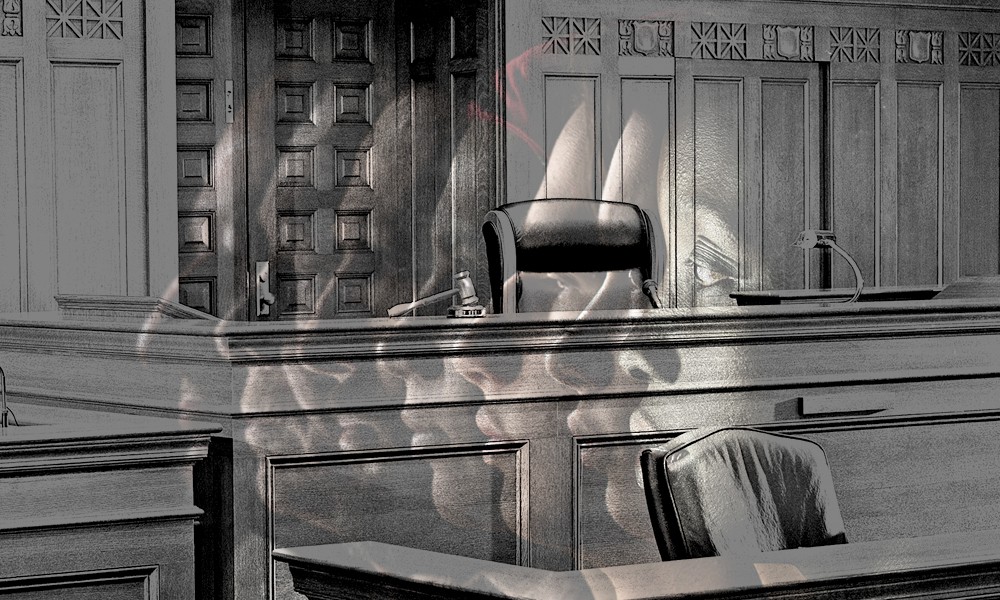
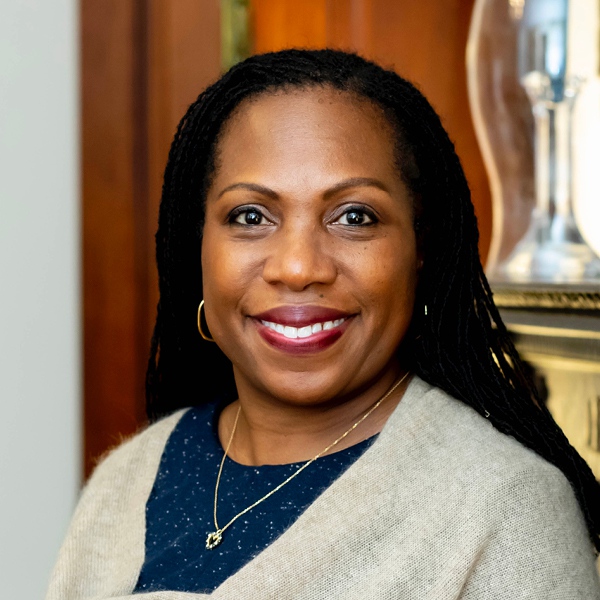

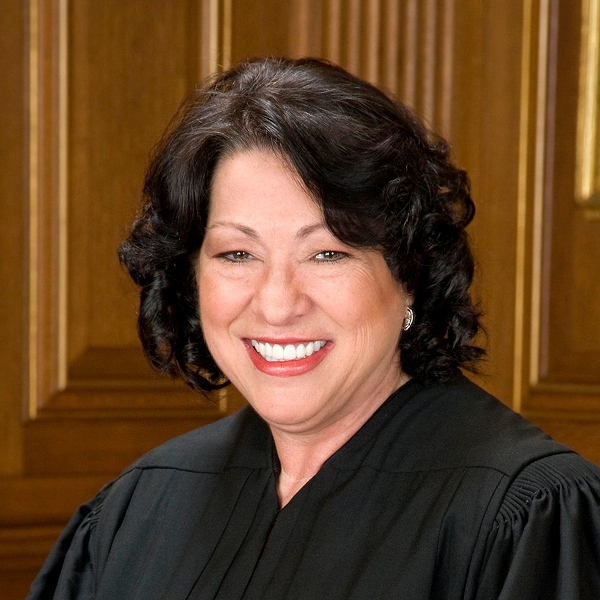




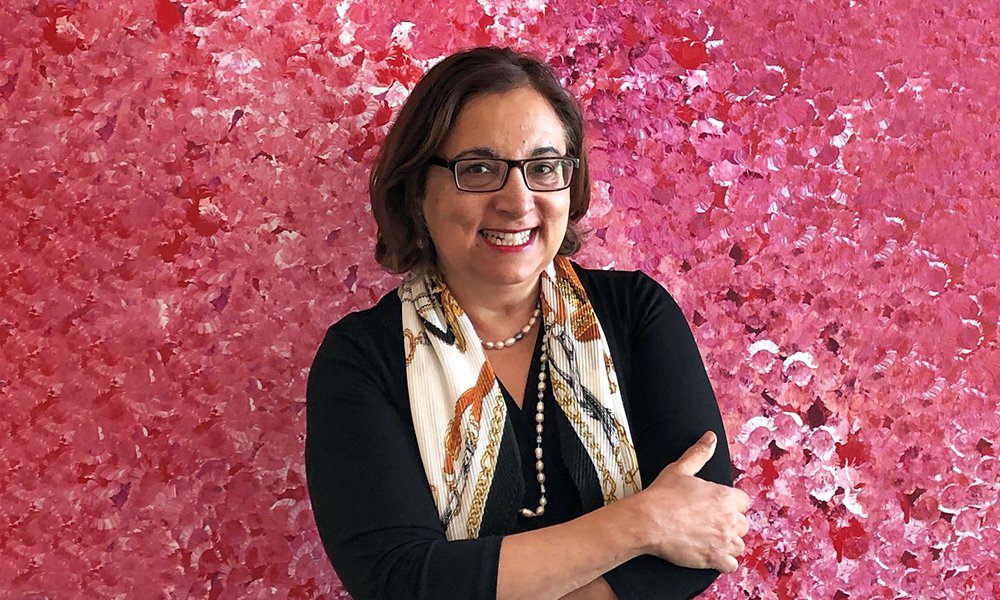

Share this article